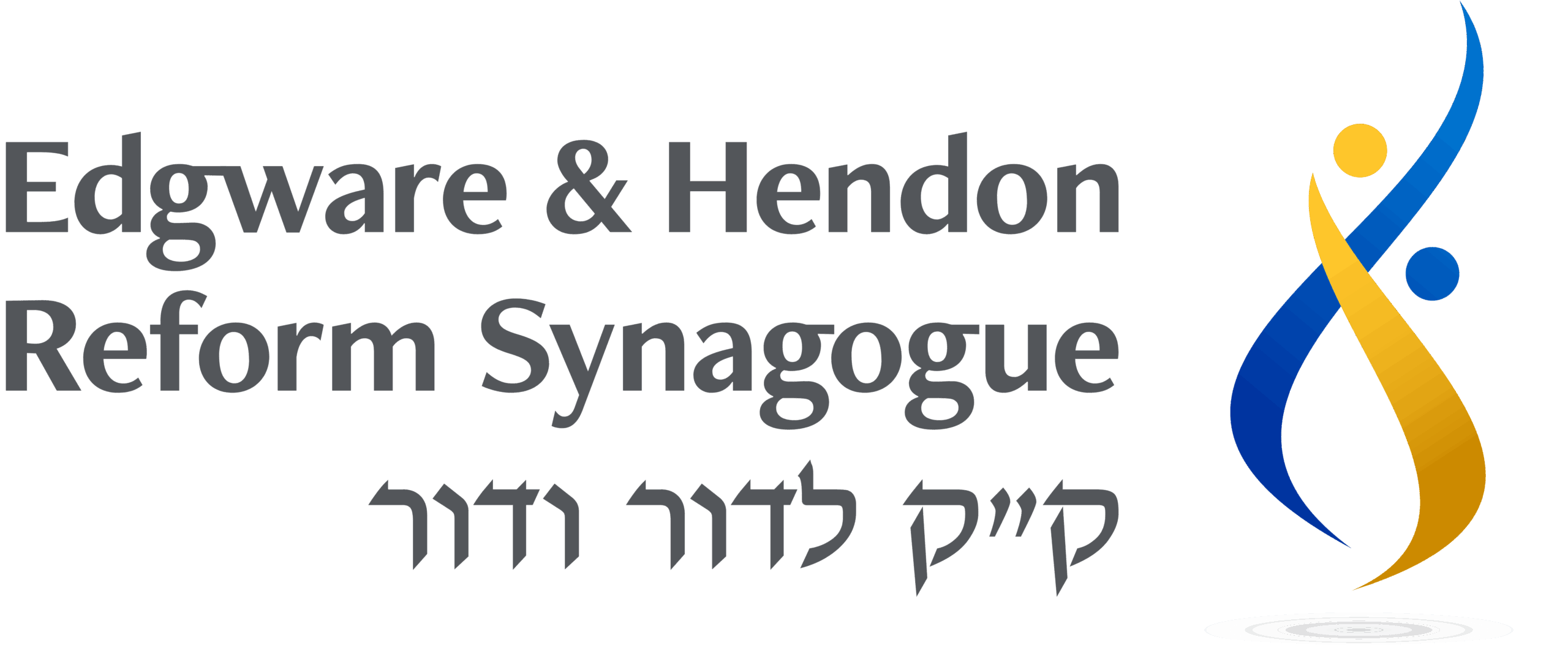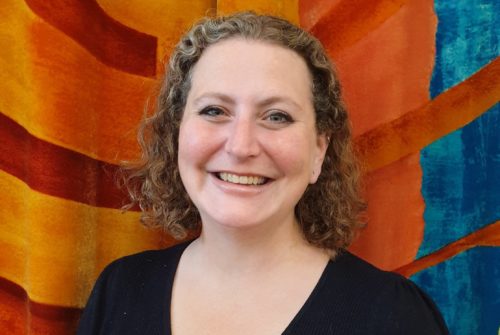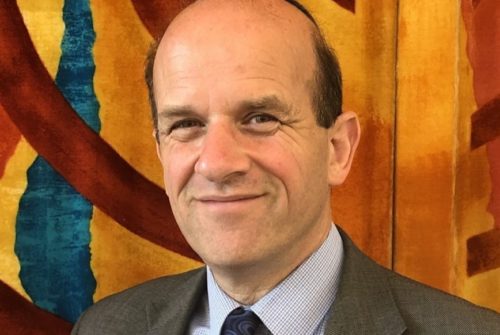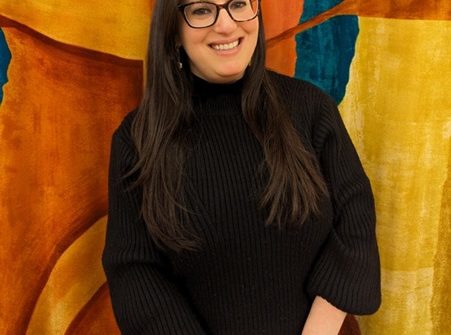Vaykhel-Pekudei 2021 – How long will this last?
Seventy years ago this year the final wartime pre-fabricated house was built. It was 1951. Ever since the Second War had ended in 1945 the government had enabled manufactures to deal with the housing shortage caused by bombing and the beginning of the baby boom by sponsoring the building of factory made houses.
Altogether 157,000 of them were built by a large number of manufacturers. They were intended to last for ten years according to the Housing (Temporary Accommodation) Act 1944 so that housing that would be more permanent could be built.
The most popular of these prefab houses were made by Aircraft manufacturers, now no longer needed for the war effort. The AIROH house made by, among others, the Bristol Aircraft Company, was a three bedroom bungalow, 675 sq feet or 62 sq metres. Incredibly, it could be erected at the site where it was to be lived in in less than four hours, ready to move into. Over 54,000 were built to provide a temporary place for families to live in – including that of former Labour Party Leader Neil Kinnock. Now in 2021 a few hundred are still standing – outlasting their expected life by 60 years! Many are listed buildings so will be with us for many more years.
The Mischcan, the desert tabernacle which was completed in our Torah portion today read by Marc, was meant to be a place of worship and gathering for the Israelites in the presence of God for a few years of their wandering through the wilderness. It too lasted much longer than could ever have been imagined.
The Exodus from Egypt to the Promised Land need only have lasted a couple of years if the Israelites had had faith to go into Israel, but in the end they wandered for forty years. Then it took the whole period of the Judges, King Saul and King David before King Solomon was able to replace it with the permanent Temple in Jerusalem as we heard in Marc’s Haftarah portion. Altogether a good 250 years.
Who would have imagined on March 11th 2020 when the World Health Organisation declared Covid-19 to be a pandemic that we would still be living in the middle of it today a year later? This Shabbat we hear the first of the yarzheits of the people whom our community lost to this pandemic. Over the coming weeks we will hear the names of many we loved – some very well known in this community, Mike Casale, Rabbi Neil Kraft and Howard Moss to name but three. May the memory of all be a blessing to us.
We have built a mishcan to cope. A mishcan, a place where we can experience the dwelling of the Almighty among us not in a building but in the links that we have continued to create between our community, through worship, learning, and mutual care, on-line, by phone, by gifts on the doorstep, by waves and conversations in the street.
This week the Institute of Jewish Policy Research published its first report on how our British Jewish Community is living through this pandemic. What does our mishcan this year look like and what can we learn from it, are we making the most of how we can help each other in the journey? JPR’s Director Jonathon Boyd gives us some very helpful guidance from their findings. Here is a link to the full report for you to download https://jpr.org.uk/publication?id=17813.
Our Rabbis say ‘ein kemach, ein torah’ (Pirke Avot 3:21), if there is no bread on the table than there can be no Torah. Covid 19 has of course affected us economically. JPR’s study shows that 7% of Jewish households are now in severe economic stress and 15% experiencing some substantial difficulties. The worst effects are among single parent families, people in their 40’s with children and in the Haredi community. Only 10% of employed Jews have been furloughed against 27% of the general population, but so many of us are self-employed, cab drivers to business consultants, that in this way we have been disproportionately affected by greatly reduced incomes. One finding which has been played out here at EHRS is that of those Jews in great difficulties only one in 12 have turned to the Jewish community for financial help. It’s there and available – our EHRS Community Needs Fund has had so few requests for help though we know that there must be many members in financial difficulties and it is there for you, well-funded by all of our members to help those in distress. Just ask any EHRS rabbi and help is of course confidential.
The JPR report shows that in tough times Jews keep giving. We retain the willing hearts that made the Mishcan, so much so that Moses asked the Israelites to stop. Our 2300 Jewish community charities, one for every 100 Jews, have not had a drop in funding overall. As you may know some giving campaigns recently have been extraordinarily successful – that of the Community Security Trust two weeks ago brought in £4m against a target of £2m, Chai Cancer Care raised over £3m in a similar appeal a couple of months ago.
Interestingly we feel less able to support our Synagogues, the beating heart of our communities, where requests for membership fee reductions have increased by 10% compared to last year. The same has happened for Jewish schools where 15% less has been given by parents for the voluntary contributions that enable Jewish studies and Hebrew to be taught and Jewish activities to take place. It may be that the average Jewish family is really feeling the pinch since 71% of Jews are members of Synagogues, whilst those who are confident of their income are being more generous, assuming that others cannot be. But we have to be careful to support the core work of the Jewish mishcan – the Synagogues and the Schools for without them there will be no-one left to value the big Jewish charities.
A huge effect of the pandemic in our community has been the loss of Jewish youth programmes. For example, there were no Israel tours in 2020, normally a formative experience of 75% of Jewish 16 year olds – and if that were to happen again this year the effect on the future leadership of our youth movements and engagement with the State of Israel could be dreadful. On line programmes for youth, though they were provided by EHRS and our youth movements, just don’t cut it as they miss the social point. Our EHRS Jewish Participation Fund sits ready to help any EHRS child who would like to take part in what will be offered in the future. Our Synagogue is going to work especially hard to offer in person experiences for young people when we can and we are working with RSY-Netzer, our national youth movement to create as strong an experience this year as possible for the 17 year olds who missed out last year.
We know in the heart of this community that we have lost far too many of our fellow members to Covid-19, probably more than 50 this year altogether. Some were elderly and frail, some were young but vulnerable, for some it is just inexplicable.
From March to May 2020 the Jewish community of London had twice the death rate of the previous year against 1.7x for the general population, in the Manchester Jewish community the figures were are shocking 2.7 times the previous year’s mortality. The JPR report quotes studies showing that the reasons underneath this are what makes being a Jew a pleasure – we spend more time with our family, with our community, at our festivals, at our B’nei Mitzvah and weddings. We also have had to cope with the taking away of our regular ways of consoling each other at funerals to which everyone is welcome and shivahs at home.
This was spread over the whole Jewish community and did not disproportionally affect Charedim as you might suppose – probably because their communities are so young in age given the extraordinary family size. The median age of the Charedi community in the UK is 15. But it also shows, that the headlines about weddings held in defiance of the Government guidelines do not paint the true picture of a community that must have been compliant overall or the death rate would have been far higher.
Just as the Mishcan that the Israelite built was in its time a new way to encounter God and the community and the Temple was a new way of centralising Judaism on Jerusalemso this year has required us to build a new way to find the Divine Presence and to approach God through worship and Jewish learning.
Overall the JPR survey finds that 23% fewer Jews have been part of Jewish worship this year, not surprisingly because the Synagogues have barely been able to be physically open and 27% fewer Jews have been part of Jewish cultural life. In this EHRS has bucked the trend, with larger numbers at our Festival Friday night and parallel services, pretty much the same as normal at Shabbat worship and great numbers of our members coming to our on-line talks and tours and volunteering in various ways. We have managed this, in common with most Reform Synagogues by making the most of the new Jewish mishcan – the invisible but still meaningful on-line links, making sure that they are as personal and participative as possible. Our adult education has thrived, just as across the Jewish UK scene, as learning from home has been very popular. It has not worked so well for our children who have had enough screen time from school and so they need to be back physically first.
My sermon began with homes and the original Mishcan meant to be very temporary but which ended up lasting for far longer than expected, serving helpful purposes. I am sure that our on-line EHRS mishcan will too. Much will, thank God, go back to how we did things in 2019, but let’s hold on to the accessibility of on-line learning and some kinds of worship, let’s hold on to our generosity to Jewish causes, let’s hold on to our need to be together and our willingness to help each other when we are in distress and our concern and prioritisation of our young people. Our Rabbis say when two study together the Divine Presence is with them (Pirke Avot 3:6). I so look forward to when we can safely encounter each other face to face again.



